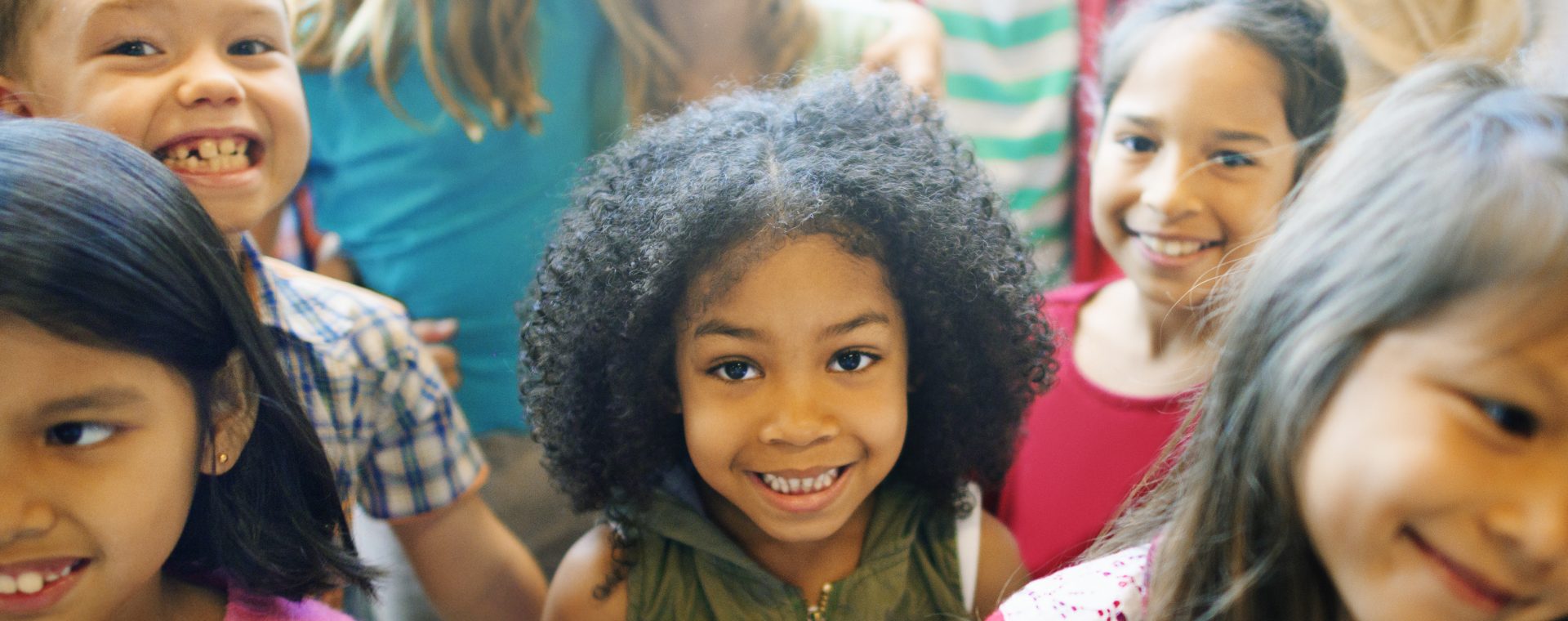
The returns to schooling are especially high for women. That is, the earnings increment associated with more education is in fact higher for women than for men. One additional year of schooling and women’s wages go up 12% (compared with 10% for men).
However, the schooling gains of girls and women are under threat. Prior to the COVID-19-induced school closures, girls were staying in school longer and learning more than at any other time. The longstanding disadvantage for girls in terms of enrollment had been declining. In some cases, this led to a “reverse gap” where girls outperform boys in both enrollment rates and learning outcomes – a female learning premium.
COVID-19 may put a temporary halt to this progress. COVID-19-induced school closures may slow or reverse these gains and may further prevent girls and women from realizing the potential returns – representing a “hidden” future cost. Urgent action is needed to ensure that girls and women can realize the returns to their schooling.
The World Bank is forecasting lower levels of schooling, learning, and future earnings because of school closures due to COVID-19. Learning loss is expected and predicted. Recent evidence from several countries shows that the COVID-19 slide is real. For women and girls, who are already being significantly negatively affected by the pandemic, there is a particular risk in the realm of education. The pandemic puts girls at an increased risk of:
- Dropping out of school
- Being vulnerable to domestic violence and other Gender-Based Violence (GBV)
- Child marriage
- Early pregnancy
- Being exploited as child labor
UNESCO has projected that 11 million girls may never return to school following the pandemic.
What can be done, what might work?
Remote learning was a useful action in the Spring of 2020; but it’s not the answer now. Rather, we need to open schools – safely – in order to mitigate and reverse learning losses and get girls back in school. For many girls, especially the youngest, the learning lost during the pandemic can be limited and even reversed by improving distance education during school closures and by implementing learning recovery programs such as Teach to the Right Level and High Dosage Tutoring, which the evidence has shown to be effective. However, for older girls, the risk of dropping out is real, and they may leave school before their learning losses can be recovered, unless innovative programs are put in place in a timely manner.
The risk of dropping out needs to be addressed right away by providing extra support to students and their families to ensure that they stay in school, making sure to target girls as being at a high risk of dropout and learning losses. Targeted support may also be needed to overcome constraints specific to girls, especially adolescent girls. For example, the Keeping Girls in School Program in Zambia provides cash transfers to families of adolescent girls so they can afford to keep their daughters in school and has set up an early warning system to identify girls at risk of dropping out and of other vulnerabilities.
Organizations and communities can work to ensure students continue their education while at home but at the same time ensure that they are receiving other crucial services as well, so they do not lose momentum.
Malaika Foundation in the Democratic Republic of Congo, consisting of a school for 370 girls, a community center serving 5,000 youth and adults annually, a clean water initiative with 20 wells servicing more than 32,000 people and a sustainable agriculture program, for example, developed a comprehensive plan with staff to distribute food, hygiene items and other necessities to their students during lockdowns, keeping them safe and healthy while they remain academically up to date. This resulted in 98 percent of students returning to school after closure, which is a hugely higher rate than the average.
Going forward, we know that the classroom is forever changed. The post-pandemic classroom will be equipped with modern equipment and homes will be connected. The education system will be a combination of traditional and distance (online) education. For this and other reasons, we need to invest in girls’ skills, including ICT tools.
The role of government is key. Progress will only come when are able to implement at scale, and once policymakers, business leaders, nonprofits, and individual communities work hand in hand.


